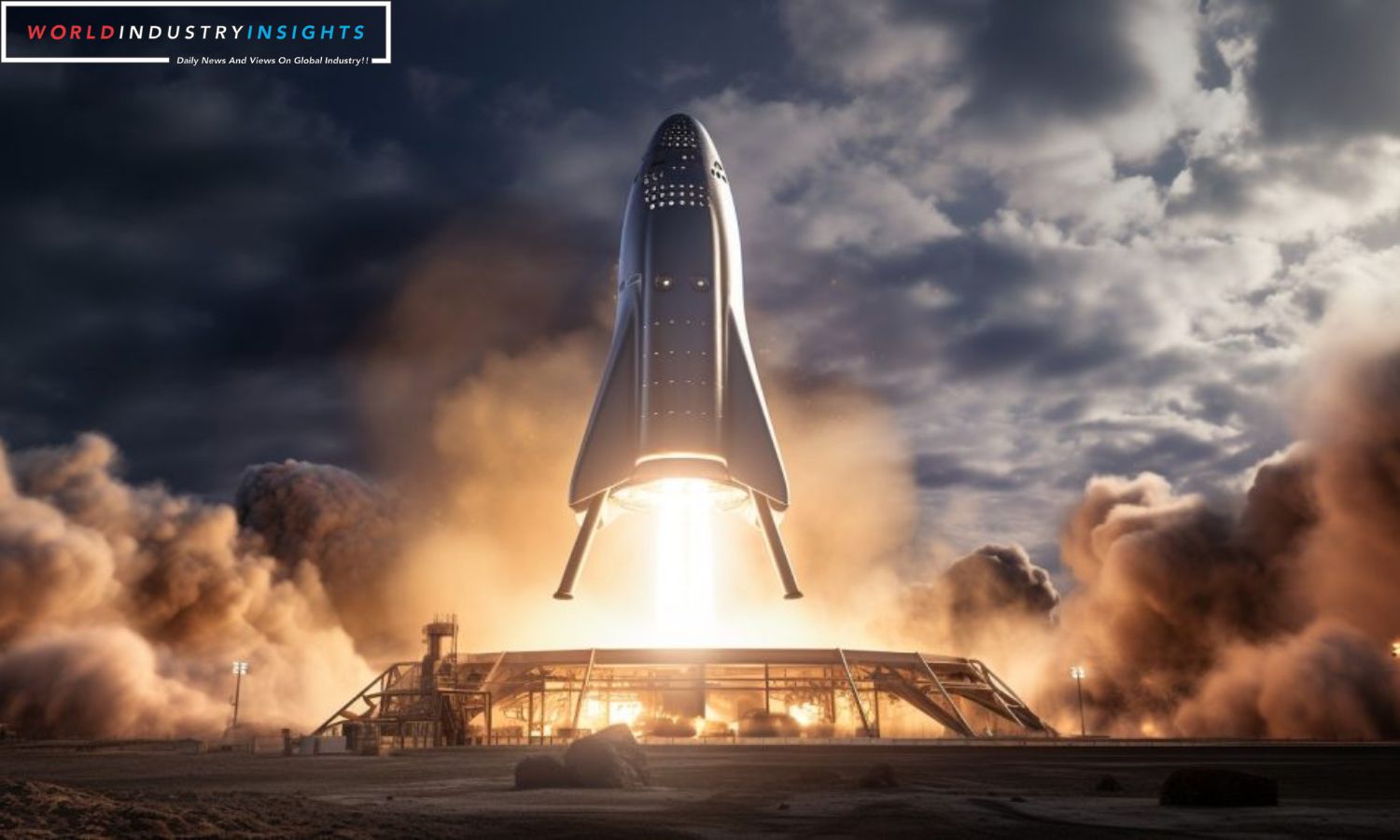SpaceX Starship: In a bold move towards the future of space exploration, SpaceX is set for the second test launch of its groundbreaking spacecraft, Starship. Scheduled to take place at the Starbase site on the Gulf of Mexico near Boca Chica, Texas, this uncrewed mission aims to refine the technology for future lunar and interplanetary missions.
The 20-minute launch window, commencing at 7 a.m. CST, will see Starship paired with its towering Super Heavy rocket booster. The primary objective is to propel Starship into space, just shy of reaching orbit, before a controlled descent through Earth’s atmosphere, culminating in a splashdown off the coast of Hawaii.
This mission follows SpaceX’s April 20 test flight, which encountered challenges leading to the spacecraft’s premature termination. Despite setbacks, SpaceX, led by visionary Elon Musk, views Starship as pivotal in reshaping human spaceflight. With aspirations to replace the Falcon 9 rocket, Starship holds the potential to become a versatile spacecraft for lunar missions, Mars exploration, and commercial launches.
NASA, SpaceX’s key collaborator, eagerly anticipates Starship’s success, as the U.S. space agency integrates it into the Artemis programa continuation of the iconic Apollo missions that landed astronauts on the moon over 50 years ago.
Also Read: SpaceXs Historic Feat: Back-to-Back Launches Near Half-Century Record in Floridas Space Coast
The Super Heavy booster, boasting 33 Raptor engines, propels Starship’s full height to around 400 feet, generating thrust surpassing the historic Saturn V rocket. SpaceX’s risk-tolerant engineering approach, founded on pushing spacecraft to failure points for iterative improvements, will be tested once more.
Acknowledging malfunctions in the previous flight, SpaceX remains committed to its innovative testing strategy. A major failure could raise concerns for NASA, banking on SpaceX’s agility to compete with China’s lunar ambitions. Bill Nelson, NASA Administrator, likens Starship’s testing to SpaceX’s past triumphs, emphasizing the need for trial and error in rocket development.
The April test, reaching only halfway to its target altitude, illuminated areas for enhancement. Internal fire damage during ascent and a delayed self-destruct command were identified as contributing factors. SpaceX has since implemented corrective measures, securing an FAA launch license for the second test.
As Starship prepares for another historic launch, the world watches with bated breath, anticipating whether this mission will mark a giant leap towards the future of space exploration or present new challenges to overcome.
Our Reader’s Queries
Why is Starship so important?
Starship, the most robust launch system ever created, has the capacity to transport up to 100 individuals on extended interplanetary journeys. In addition, Starship will facilitate satellite delivery, the establishment of a lunar base, and point-to-point transportation on our planet. Its unparalleled capabilities make it a game-changer in the field of space exploration.
Has the SpaceX starship been built?
On Saturday, SpaceX’s Super Heavy-Starship, the most powerful rocket ever constructed, took off on its second test flight. Although the initial stages of the mission went smoothly, the first stage broke apart just after separating from the Starship upper stage. Despite this setback, the launch was a significant milestone in the development of the rocket, which has the potential to revolutionize space travel.
How much fuel does Starship use?
To launch the SpaceX starship into orbit, a whopping 3,400 tonnes of propellant is needed for the Superheavy booster. Once the booster has done its job, the Starship upper stage burns through an additional 1,200 tonnes of methane and O2 to get its 100 tonnes of payload into low Earth orbit. That’s a lot of fuel!
Is Ula Vulcan reusable?
The Vulcan Centaur faces a challenge in competing on price due to its lack of reusability. However, United Launch Alliance has taken a significant step forward in its efforts to rival SpaceX as a launch leader with the successful launch of its highly anticipated heavy-lift rocket.


